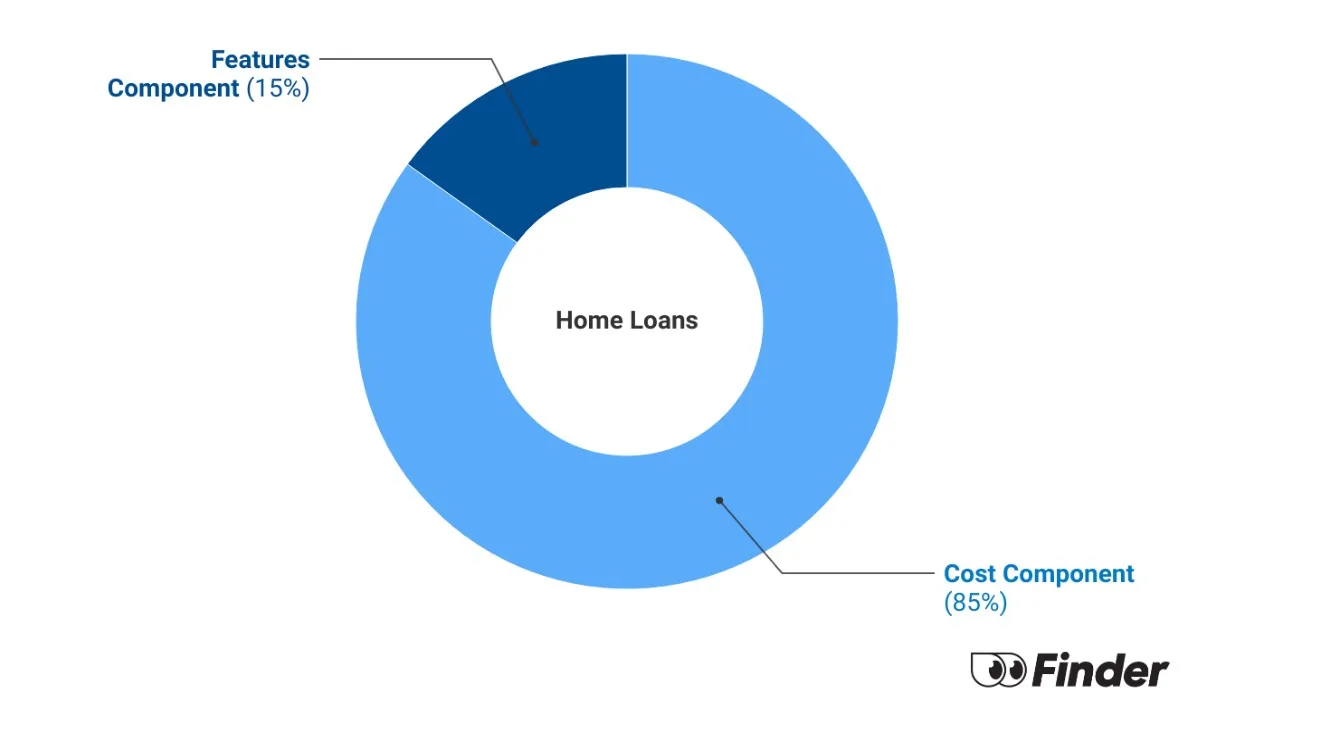How SMSF trustees invest in property
- SMSF investment in residential properties reached $57.5million in September 2024.
- Investment in commercial properties reached $107.6million.
- Investment in overseas residential property reached $471m.
- Investment in overseas commercial property reached $213m.
* Figures from latest ATO quarterly SMSF statistical report, for the quarter up to September 2024.



 Easy answers, without any calls. We know fixing is a big deal, but checking you're options and rates shouldn't have to be. We speak to home owners every month, and have put over 50 hours in creating this guide.
Easy answers, without any calls. We know fixing is a big deal, but checking you're options and rates shouldn't have to be. We speak to home owners every month, and have put over 50 hours in creating this guide.
 Rates obsessed. We track big banks, small banks, credit unions and digital banks because whether you're fixing up for 1 year or 3, even 1 decimal place could save you big bucks (without getting annoying calls!).
Rates obsessed. We track big banks, small banks, credit unions and digital banks because whether you're fixing up for 1 year or 3, even 1 decimal place could save you big bucks (without getting annoying calls!).
 Ready in any market .Lending rates verified from 180+ products day and night. Whether you're buying for the first time, or remembered refinacing at 3am - our rates are up-to-date.
Ready in any market .Lending rates verified from 180+ products day and night. Whether you're buying for the first time, or remembered refinacing at 3am - our rates are up-to-date.

I would like to re-finance my SMSF loan of 247k.
Also, I read on this page that if I go into pension phase and sell my SMSF residential home there are no capital gains.
Can someone give me more info on this?
Hi Shane,
Thanks for your question.
Yes, if you are on pension and sell your SMSF home, you’ll be exempted from paying capital gains tax.
Borrowing with an SMSF differs slightly from regular home loan borrowing, so it’s sometimes a good idea to speak to a mortgage broker or find out about any SMSF training your lender may be offering. The main difference is that an SMSF mortgage is more difficult to process, with fines of over $200,000 applying to trustees if their arrangements aren’t properly structured. We have a page that carefully explains how you can refinance your SMSF loan.
Hope this was helpful. Don’t hesitate to message us back if you have more questions.
Best,
Nikki
Do all lenders have a required $ balance to be in the super fund?
Will any lenders lend 90% to purchase a home through smsf
Hi Brian,
Thank you for your question and for contacting Finder.
Your loan-to-value ratio (LVR) would depend on the lender, the type of property and its value. LVR is usually computed as the price of the property divided by the size of the deposit or equity in the home.
Please note that the higher the LVR, the riskier they are to a lender. This is because a lender likes borrowers who have greater equity in their property.
Hope this helps.
Cheers,
May
Hi Jude,
Thanks for the question.
Not every home loan will have a required balance in your SMSF to be eligible. You may wish to contact a mortgage broker to discuss SMSF home loans that may suit your current SMSF balance and investment strategy.
I hope this helps,
Marc